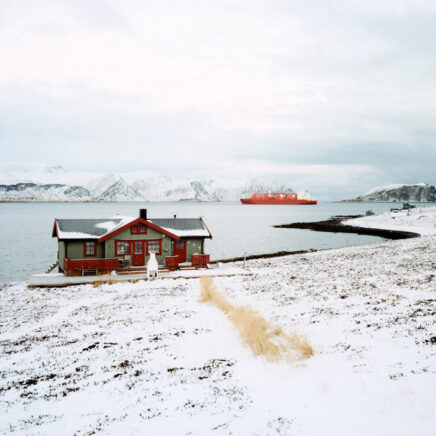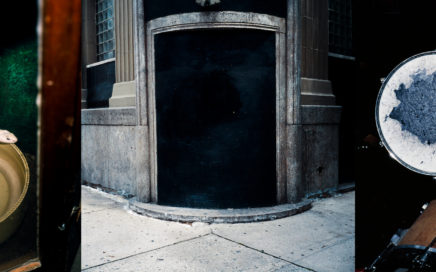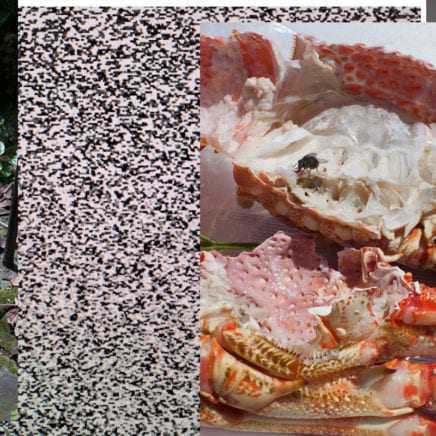
A Conversation Between Robert Morat and Matteo Di Giovanni
RM: What is “home“ to you? Maybe also talk about where and how you grew up and where you feel your roots are. MDG: This is a question I’ve been asking myself many times in the last few years and – to be frank – I still don’t have a definitive answer. I’m more prone […]










